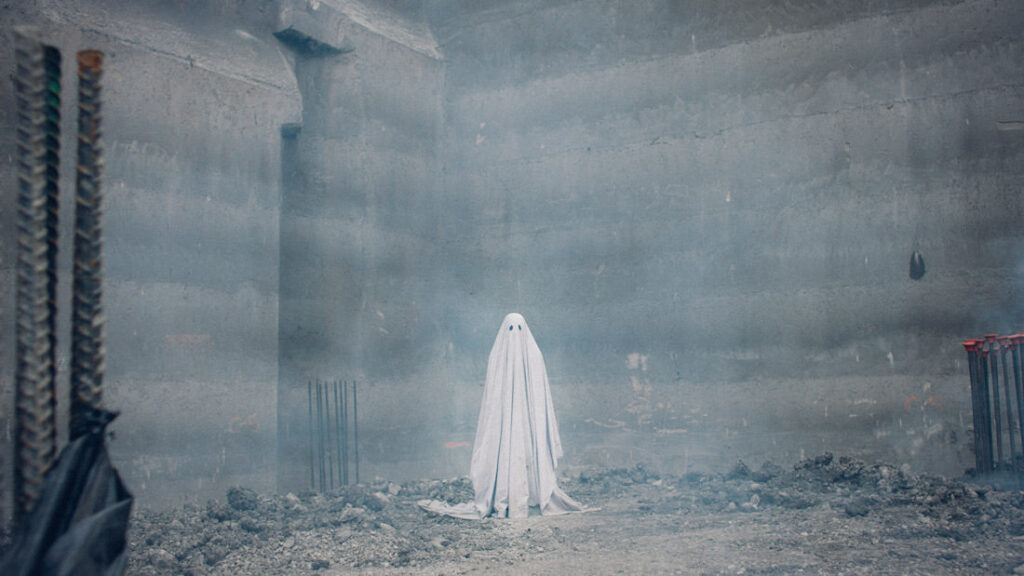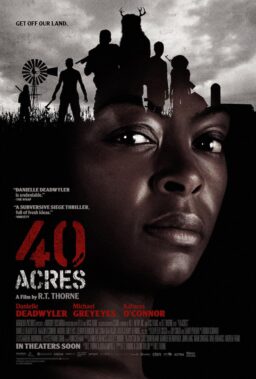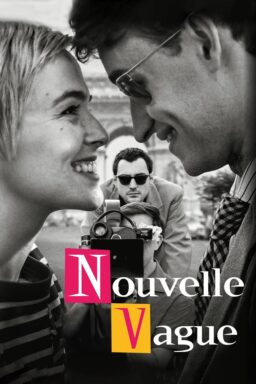If there was any doubt even by those who saw “Ain’t Them Bodies Saints” and “Pete’s Dragon,” “A Ghost Story” firmly cements David Lowery as one of the most essential American filmmakers today. It is a stunning experiment in filmmaking—often silent for long stretches at a time; shot in 1.33:1 but with rounded edges to make it look like a Polaroid; playing with time and perspective; alternately mournful and playful; embracing a supernatural element but from an angle we don’t often see. There’s so much to like about “A Ghost Story” that it’s hard to know where to start. Or where to end. Which is perfect for this movie.
That’s because “A Ghost Story” is, at least in part, about time, and our place within it. In the first half-hour of the film, Lowery plays with audience expectations when it comes to editing. Before the title has even come up, we watch a woman (Rooney Mara) drag a trunk all the way down her front walk to the curb and walk back again. It’s deliberately slow, and it’s followed by similar scenes that one would expect to cut away from after just a taste of what’s happening. These scenes are at first between Mara’s character and her partner, played by Casey Affleck. And then he dies.
She goes to the morgue to identify him (they remain unnamed through the movie). In another incredibly long take, she does, and we linger on his corpse on the table, covered by a sheet. And then the sheet moves, stands and leaves the room. With black ovals for eyes, the silent ghost walks out of the morgue and goes home. He sees his former partner broken down, crying and stress-eating an entire pie on her kitchen floor, in one, unbroken, unbelievably long take. The movie may lose people here, but stick with it. Lowery is about to switch it up.
As the silent, shrouded figure watches his former partner go through the grieving process, the long takes of “real life” are replaced by an entirely different take on time. As he stands in the same place in his former living room, she exits the bathroom and leaves through the front door again … and again … and again. As the camera pans around her, time speeds up, even though our ghost isn’t moving, capturing a different sense of time than we typically see from a ghost story along with the idea that he is no longer bound by it the way he was when he was alive. As he stays in the same place, the house in which he once lived changes drastically. And Lowery has even more tricks up his sleeve in the final act, but I wouldn’t dare spoil those here.
“A Ghost Story” reminds us that we are both wildly insignificant and unbelievably important in the same moment. When considered against the grand canvas of history, both past and present, our actions can’t be deemed essential to an understanding of humanity’s greater issues. There were likely people in your house before you were there, and there will likely be people there after you die. And yet considering ourselves as mere specks on the timeline of existence misses the power of the little moments in our lives. Our actions are both insignificant and essential … at the same time. Lowery’s film captures something about our place in the greater scheme of the world and the beauty of the moment in a way that feels completely fresh and unbelievably moving. This isn’t a movie so much about grief—we’ve had a lot of those lately—as it’s about understanding the greater ebb and flow of human existence. Grief is merely a part of the historical canvas.
And yet while that may sound unbelievably heavy and pretentiously philosophical, the true miracle of “A Ghost Story” is that it’s never heavy-handed or moralizing. In fact, there’s almost no dialogue at all, and I’m not sure Lowery wants literal interpretations like the one I sorta offered in the previous paragraph. He’s made a film to lead you on your path, not to explicitly lay one out for you to follow. It’s a film that I can guarantee you people will revisit and discuss for years to come. It’s daring, strange, and unforgettable.












